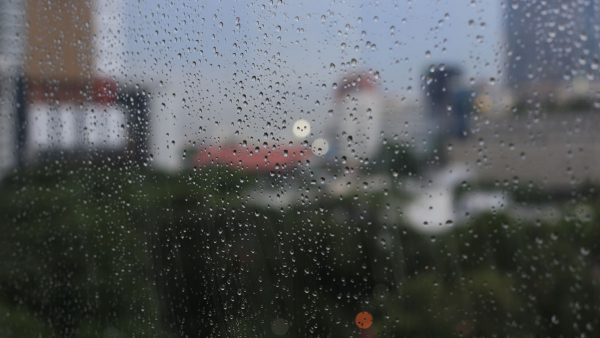EIFS repair: Keeping your building sturdy

When it comes to commercial building exteriors, EIFS is one of the top products on the market. EIFS, the colloquial name for Exterior Insulation and Finish System, is sometimes called “fake stucco”. It’s an exterior finish that combines durability, extra insulation and a clean, modern look.
But what happens if it doesn’t get taken care of?
The importance of EIFS integrity
With its extra energy efficiency, EIFS became popular in the 1960s as a good looking and easily-maintained finish for large commercial buildings. Its water resistance made it a common choice for building envelopes, especially as newer versions of the standard with more well-integrated drainage took over.
EIFS is a great finish for commercial buildings, sure, but if it’s not properly maintained and repaired it can be more of a detriment than a benefit to your building. If the outer envelope of your building loses its integrity, you’re going to wind up with water getting into places it shouldn’t—and staying there. That can cause huge problems in the future.
When to get your EIFS repaired
EIFS problems are best checked for in the spring and fall, especially in areas where the temperature fluctuates a lot between winter and summer. Those temperature fluctuations are a primary cause of issues with EIFS and other external sheathing options.
Take a walk around your building and carefully inspect the outside. Here are a few things you need to keep an eye out for:
- Condensation: This can usually be found when the inside of the building has high levels of humidity, and it’s a bad sign for the structural integrity of your building envelope.
- Wet surfaces: Standing water or prolonged water exposure may be an indication of worse issues. Staining is a key component of this. Keep an eye on joints and corners when you’re looking at this.
- Cracking: This is most common around windows and on corners, which are the most likely failure points for EIFS. Check any cracks for moisture penetration.
- Physical damage: If you can see the structural mesh, dings, melting or any other damage to the surface of the EIFS, that’s a problem—water can get in. Often this can come from impacts like hail.
Keeping your EIFS in good condition requires taking the time to inspect it. If you see any symptoms, you should talk to a quality contractor about getting problems repaired.
